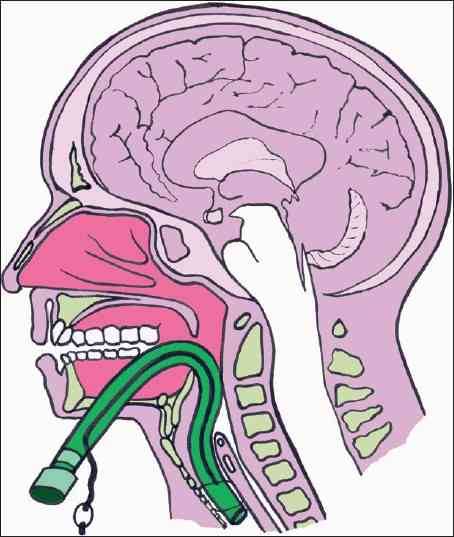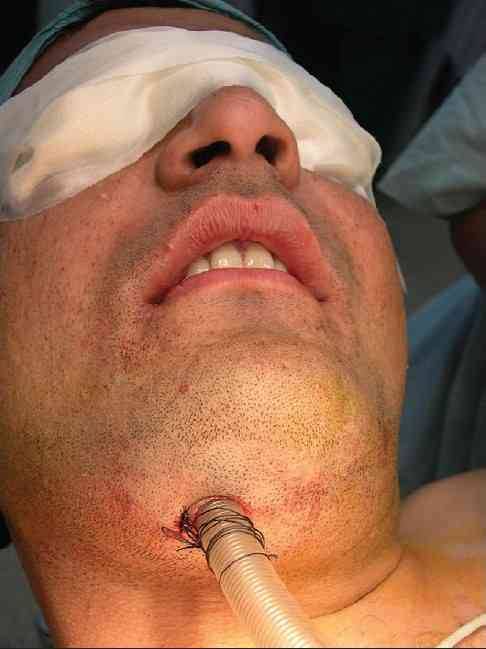Hypothermia is always a concern in trauma patients. Even the simple act of completely exposing your patient in the trauma room facilitates it. How do trauma professionals balance the need to see everything with the equally important need to keep the patient warm?
The natural reaction is to cover them up. Sheets and warm blankets are the usual tools. But I always marvel that, as soon as the blanket goes on, there’s always a need to examine something or do some procedure. Look at a wound. Insert a urinary catheter. And every time this happens, the blanket comes off.
Here’s a clever way to deal with this problem. Don’t use just one sheet or blanket. Use two! Fold each one in half, so they are each half-length. Place one on the top half of the patient, the other at the bottom, overlapping slightly at the waist. If you need to look at an extremity, fold the blanket that covers it over from right to left (or left to right) to uncover just the area of interest. To insert a urinary catheter, just open the area at the waist, moving the top sheet up a little, the bottom down a little.
Bottom line: Keep your patient toasty! Use the two-sheet (or warm blanket) trick to avoid hypothermia. Remember, patient temperature begins to drop as soon as the clothes come off! And I don’t recommend the use of one-piece inflatable warming blankets (e.g. Bair Hugger) until the work in the ED is complete, because the whole thing has to be removed every time you need meaningful access to the patient.
Related posts:




